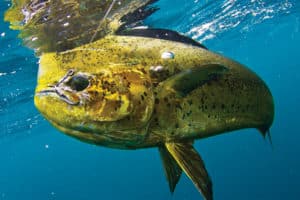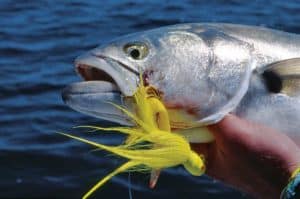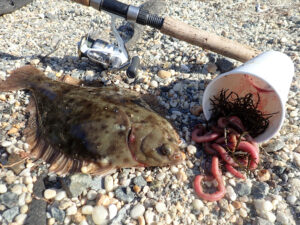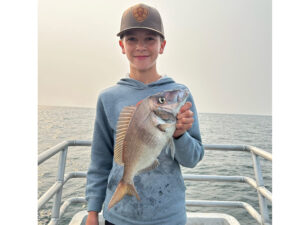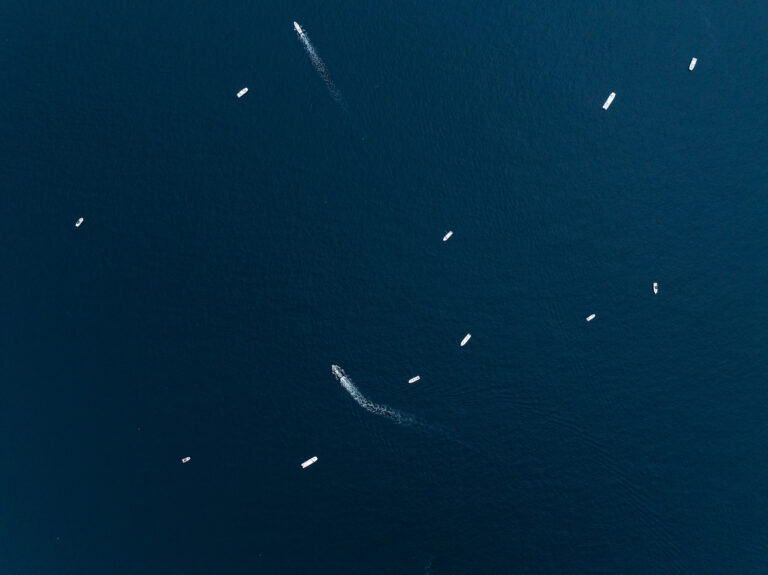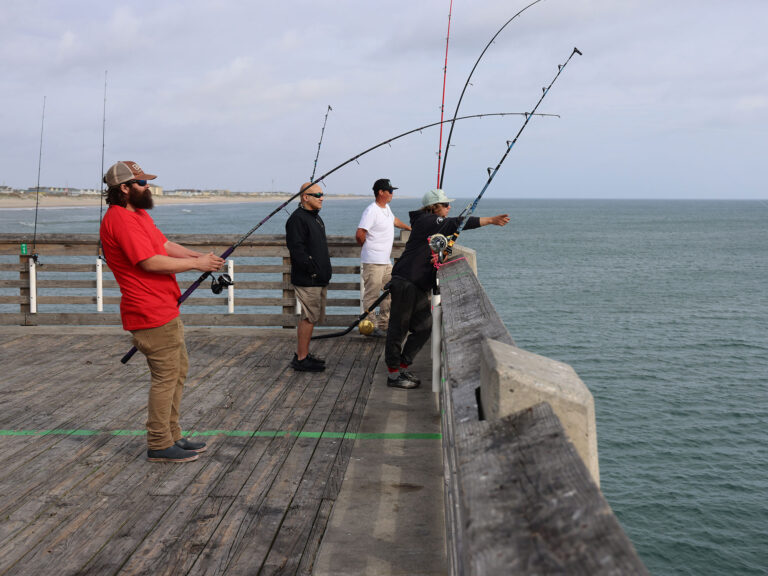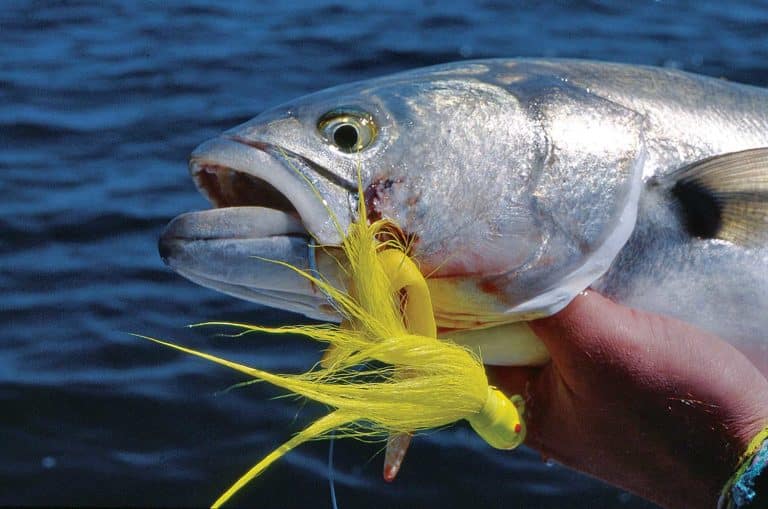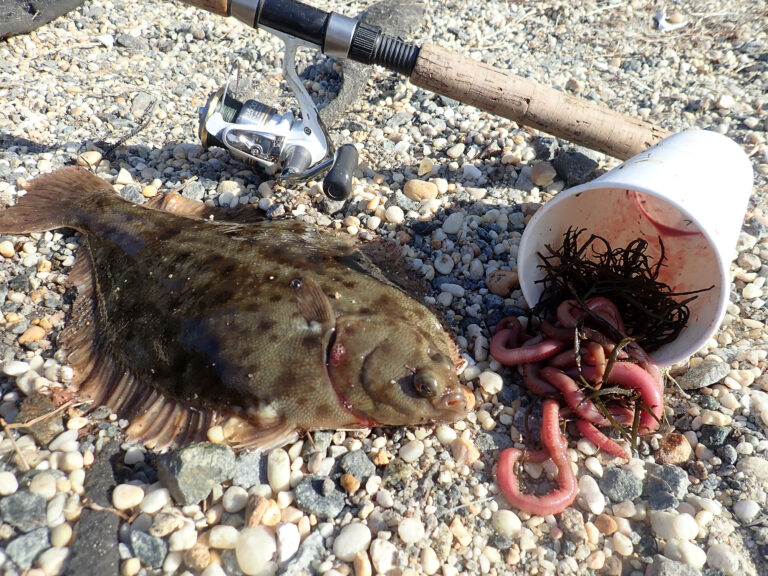Sometimes ignorance is an excuse. Years ago, anglers had little reason to think that simply holding up a sailfish or tarpon in a boat’s cockpit for a few quick pics could be killing the fish.
But few can claim such ignorance any longer: It has been believed for some time that big fish in particular should not be taken from the water for photos before their release, and a new study reinforces that.
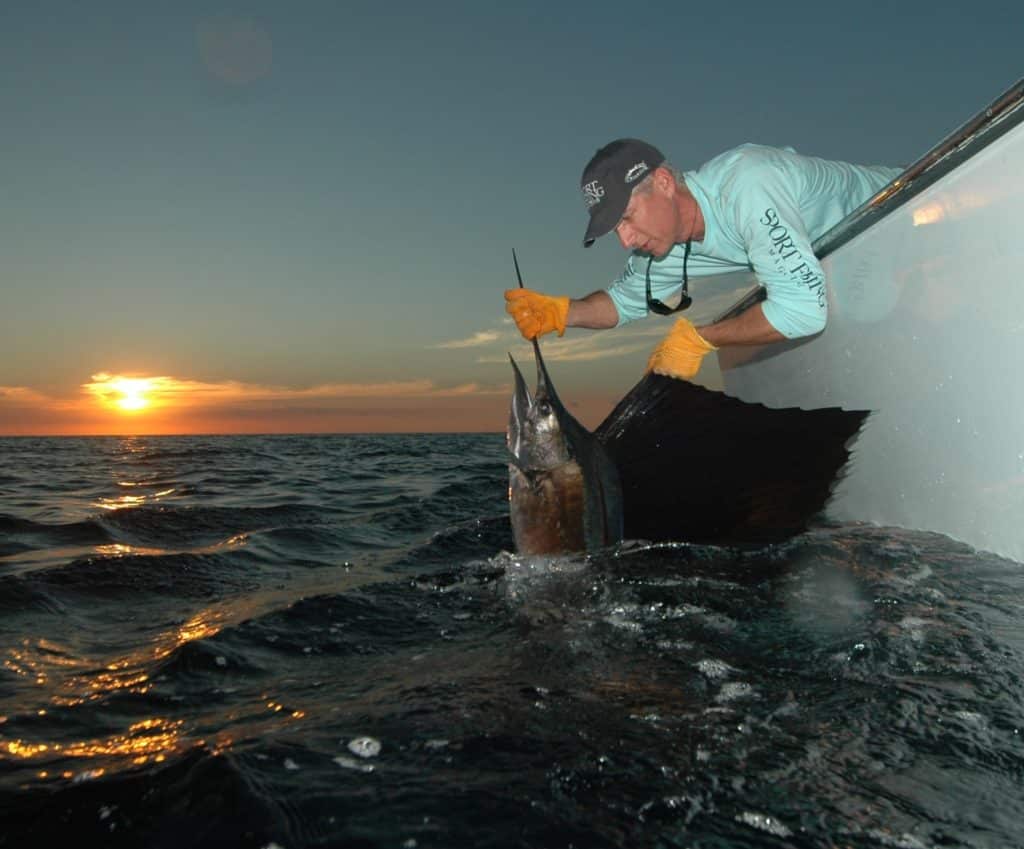
Led by John Graves, chair of the fisheries science department at the Virginia Institute of Marine Science, a team of scientists planted pop-up archival tags in 18 white marlin. Seven of those were released after five minutes of air time (kept in the cockpit, out of the water), five after three minutes of air time, and six after one minute in the air.
In the final analysis, four of the seven five-minute fish died, two of the five three-minute fish died, and one of the six one-minute fish died. (It’s also worth noting that fish that swim away from the boat are not necessarily healthy.)
In a previous study Graves conducted, the marlin released were not removed from the water at all. Of 59 marlin tagged and released in that study, only a single fish died. That’s a 1.7 percent mortality rate.
While those fish held in the air for only a minute fared better than those held out for longer, one of six not surviving equals a 17 percent mortality rate. That’s hardly satisfactory, particularly versus the 1.7 percent rate for fish left in the water.
KEEPING AN EXHAUSTED FISH OUT OF WATER IS LIKE HOLDING A BAG OVER A RUNNER WHO HAS JUST COMPLETED A MARATHON.
Dr. John Graves
“All in all,” says Graves, “these results offer a pretty compelling reason not to remove [marlin] from the water.”
While Graves’ revealing work has focused on the white marlin off the Virginia coast, I have to think that common sense should suggest hauling any large fish — notably, any species of billfish or big tarpon — into a boat’s cockpit to take photos would likely lead to similarly adverse results.
Of course, keeping any fish out of the water if you intend to release it is bad practice, but whereas smaller fish can be photographed in seconds and put back over, bigger fish may require precious minutes. And larger fish are more likely to be damaged by handling, especially when removed from the supporting medium for which they’re designed. They’re also more likely to have a large oxygen debt after a prolonged fight, more urgently needing to be in water to breathe. As the Florida Fish and Wildlife Commission advises, “Keeping an exhausted fish out of water is like holding a bag over a runner who has just completed a marathon.”
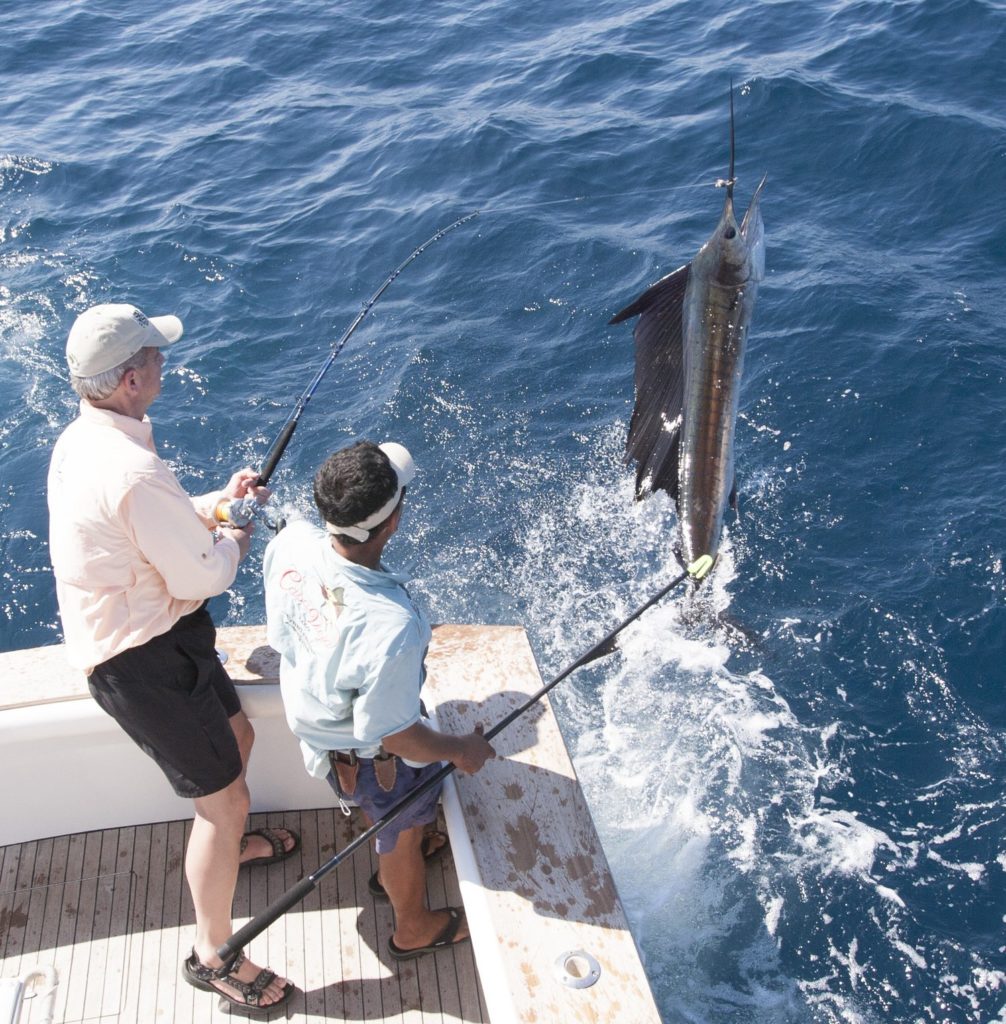
The take-away for anglers who want to release such large predators not just alive, but healthy and likely to live? Leave ’em in the water.
Accordingly, with few exceptions, Sport Fishing years ago stopped running photos of billfish or large tarpon in a boat’s cockpit with anglers and crew posing for “hero shots.” Why anglers want to take such photos is entirely understandable. It’s great to see the entire fish in all its sizable glory. And it’s challenging to take good photos of these fish in the water, alongside the boat, that show them as clearly. On the other hand, getting good, compelling shots of fish at the boat is doable, and in fact can lead to more interesting and certainly more dynamic images.
Lifting a fish’s head and upper body out of the water for a few seconds for a photo should not harm it. A wide-angle lens (such as that on a GoPro) up close can produce great results. If there’s any sort of sun, try to position the boat so the light shines on the fish and the angler, and make sure the side of the fish faces the camera. Odds are good you’ll get some great shots, and the fish that swims strongly away will thank you.

